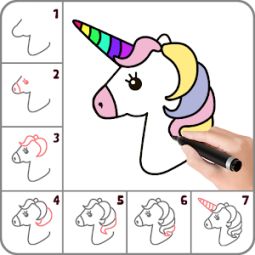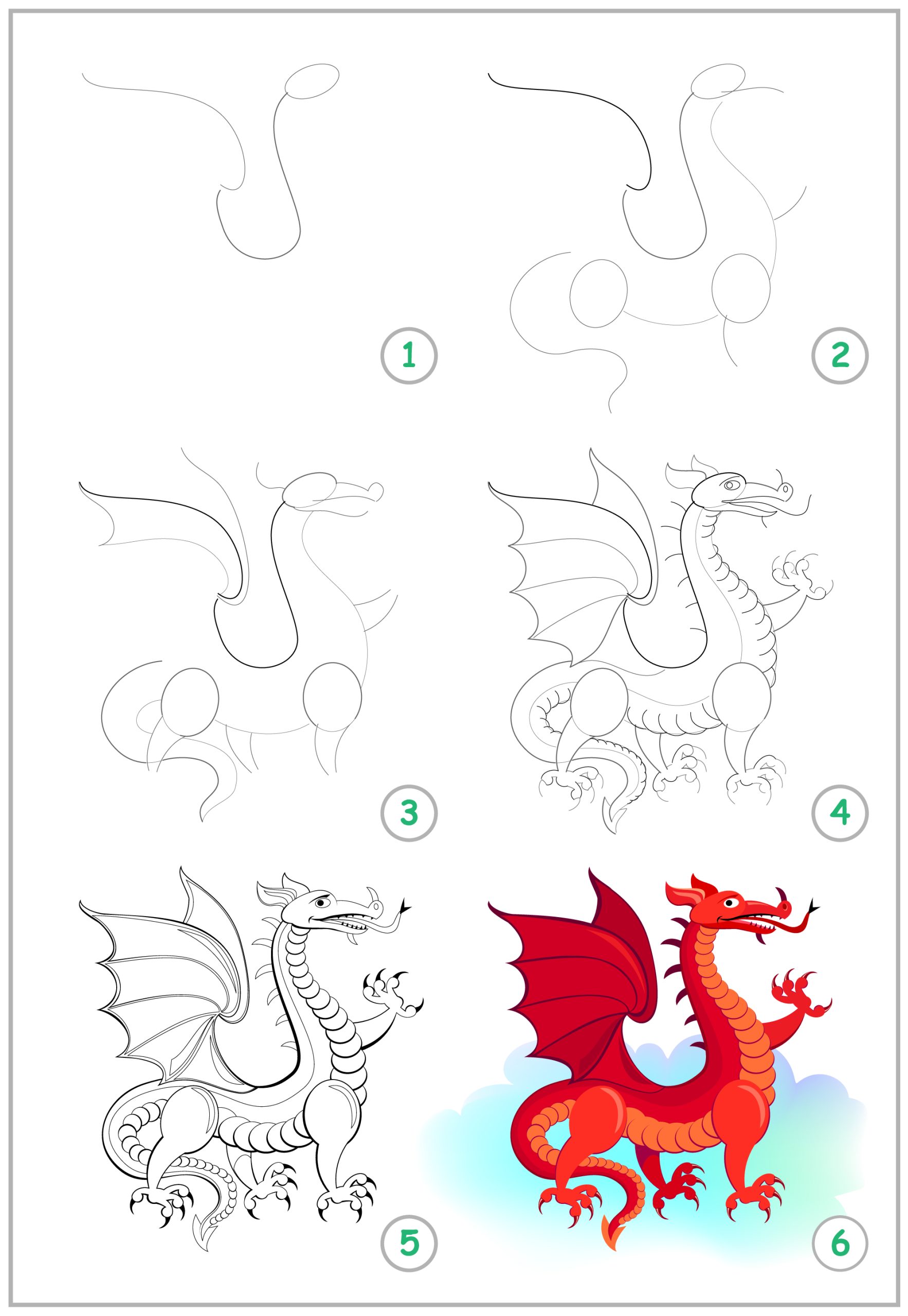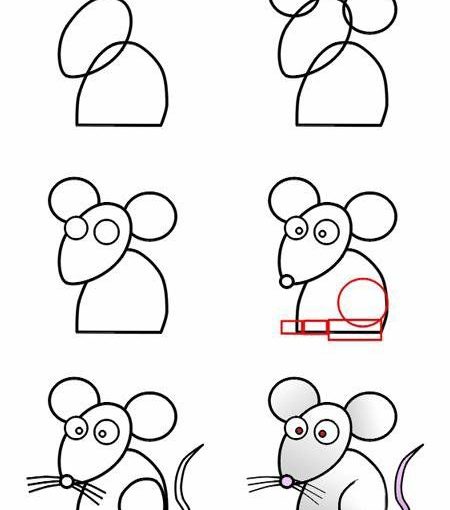Are you interested in learning how to draw a cartoon turtle? Turtles are adorable creatures, and capturing their likeness in a drawing can be a fun and creative activity. In this step-by-step guide, we will walk you through the process of drawing a cartoon turtle from scratch. So, grab your drawing materials, and let’s get started!
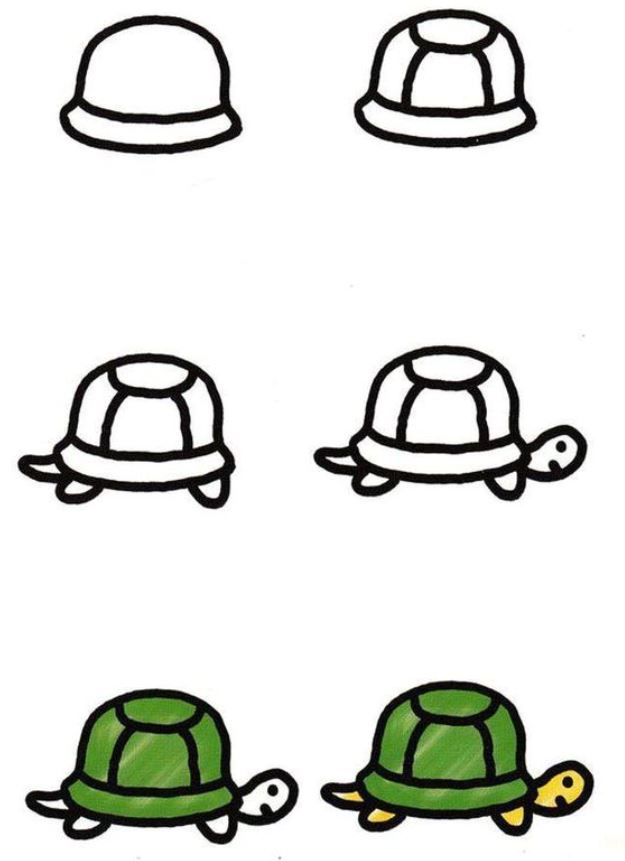
Materials Needed
Before we begin, gather the following materials:
- Paper or sketchbook
- Pencil
- Eraser
- Colored pencils or markers (optional)
Step 1: Sketching the Basic Shape
To start, draw a large oval shape for the turtle’s body. This will be the foundation of your drawing. Next, draw a smaller oval shape at the front of the larger oval. This will represent the turtle’s head. Connect the two ovals with curved lines to form the neck.
Step 2: Adding Details to the Shell
Now, it’s time to add some details to the turtle’s shell. Draw curved lines within the large oval to create the divisions of the shell. Add some texture by drawing small curved lines along the divisions. Remember, this is a cartoon turtle, so feel free to exaggerate the curves and shapes for a more playful look.
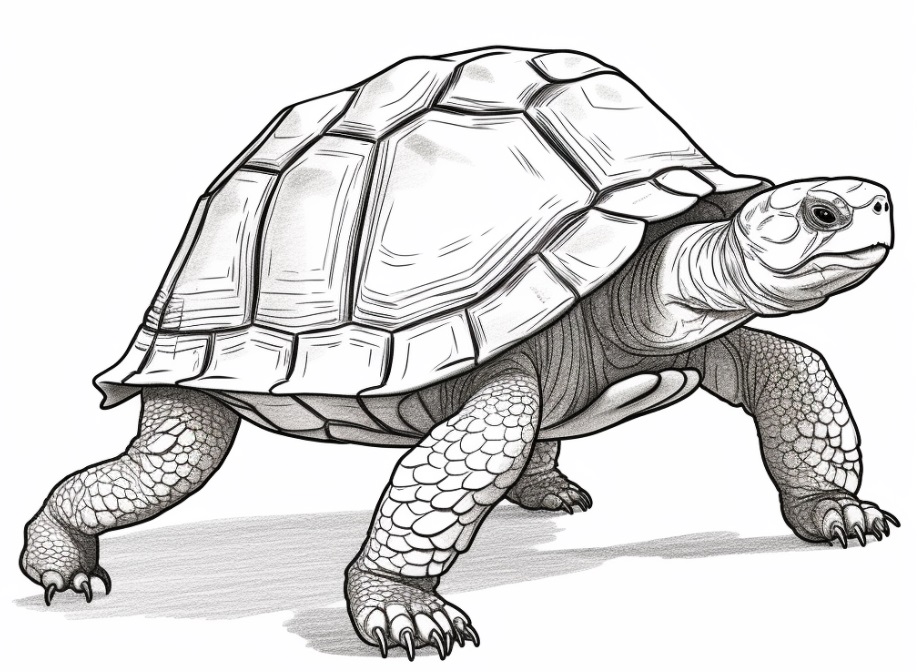
Step 3: Drawing the Head and Legs
Next, let’s focus on the turtle’s head and legs. Draw two small circles for the eyes on the turtle’s head. Above the eyes, draw two curved lines to represent the turtle’s eyebrows. For the mouth, draw a curved line in a smiling position. Now, draw four short and stubby legs at the bottom of the body. Add curved lines to represent the toes.
Step 4: Adding the Facial Features
To make the turtle look more expressive, we will add some facial features. Draw two small circles within the eyes to represent the pupils. Above the eyes, draw two curved lines to create a hint of eyelashes. Add a small dot on each cheek for blush. You can also draw small curved lines near the mouth to represent a smile.
Step 5: Adding Final Touches and Erasing Guidelines
Now that the basic structure of the turtle is complete, it’s time to add some final touches. Enhance the details of the shell by darkening some of the lines and adding shading. You can also add patterns or designs to the shell if you like. Finally, erase any unnecessary guidelines or stray lines to clean up your drawing.
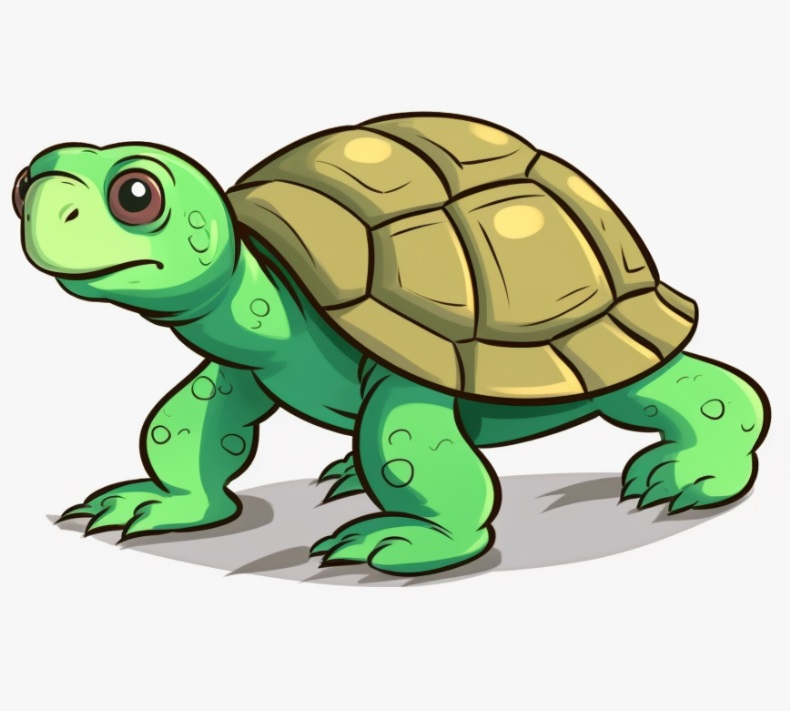
Parts of a Turtle You Need to Draw
Shell: The turtle’s shell is its most distinctive feature. It consists of the upper part called the carapace and the lower part called the plastron. The carapace is usually rounded or oval-shaped.
Head: Draw the turtle’s head as a slightly elongated shape attached to the front of the shell. It usually has a beak-like mouth.
Eyes: Turtles have round eyes. Position them on the sides of the head, slightly protruding.
Legs and Feet: Turtles have four legs, each with webbed feet. Draw short, stubby legs with three or four toes on each foot.
Tail: Turtles have a short, stubby tail that extends from the back of the shell. It may have scales or markings.
Neck: The turtle’s neck is flexible and can be stretched out or pulled inside the shell. It connects the head to the body.
Scales: Turtles have scales covering their shells, heads, and legs. These scales can be indicated by drawing small curved or angular lines.
Patterns: Depending on the species, turtles may have patterns or designs on their shells. These can include lines, spots, or other unique markings.

Tips for Creating a Cartoon Turtle Drawing
- Start with light, gentle pencil strokes to create your initial sketch.
- Feel free to experiment with different shapes and sizes to give your turtle a unique look.
- Use reference images of real turtles or other cartoon turtles for inspiration.
- Don’t be afraid to make mistakes! Drawing is all about practice and learning from your experiences.
- Have fun and let your creativity flow!
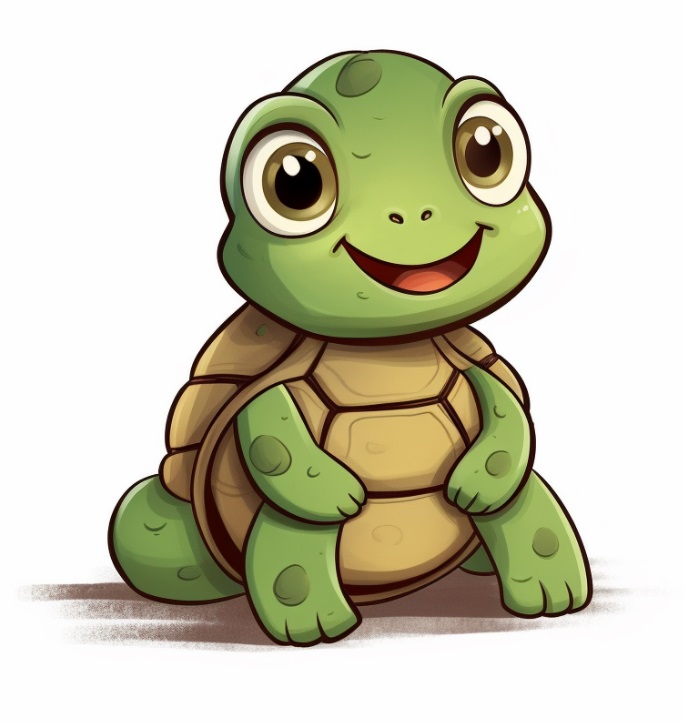
FAQs About Drawing Turtles
Q1: Can I draw a cartoon turtle using only a pen?
Yes, you can draw a cartoon turtle using a pen, but it’s recommended to start with a pencil for easier corrections and adjustments.
Q2: How long does it take to learn how to draw a cartoon turtle?
The time it takes to learn how to draw a cartoon turtle can vary depending on your experience and practice. With regular practice and dedication, you can start creating recognizable turtle drawings in a matter of weeks or even days. Remember, the more you practice, the better you’ll become!
Q3: Are there any specific techniques for shading the turtle’s shell?
Yes, shading can add depth and dimension to your drawing. Start by identifying the light source in your drawing. Shade the areas that are away from the light source with darker pencil strokes, and leave the areas closer to the light source lighter. You can also experiment with cross-hatching or blending techniques to achieve different shading effects.
Q4: Can I use colors to make my cartoon turtle drawing more vibrant?
Absolutely! Using colors can enhance the overall look of your cartoon turtle drawing. Consider using shades of green for the shell, contrasting color for the head and legs, and other colors for added details. Colored pencils or markers are great tools to bring your drawing to life.
Q5: How can I add more personality to my cartoon turtle? A:
Adding personality to your cartoon turtle can be achieved through small details and expressions. Experiment with different eye shapes, eyebrow positions, and mouth expressions to give your turtle a unique character. You can also try incorporating accessories, such as a hat or glasses, to add even more personality.
Conclusion
Drawing a cartoon turtle step-by-step is an enjoyable and creative process. By following these simple instructions and practicing regularly, you’ll soon be able to create your own adorable turtle characters. Remember to have fun, embrace your creativity, and don’t be afraid to add your own personal touches to make each drawing unique.


